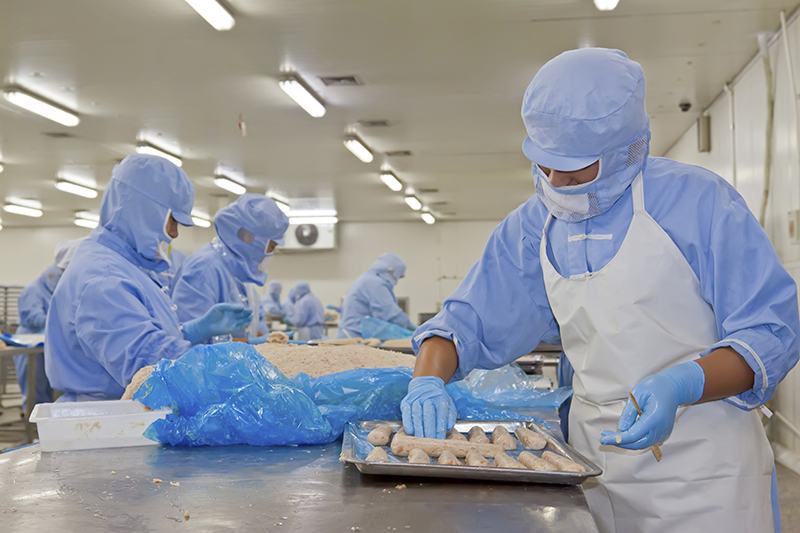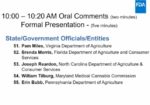There’s no denying that the cannabis industry is experiencing a boom. While it feels a bit like the wild west, many organizations are riding a wave of (mostly) positive publicity as opportunities increase for cannabis products and distribution.
From a public relations standpoint, relying on this initial excitement, however, is shortsighted at best. As regulations allow for increased competition in many markets such as cannabis dispensaries, manufacturers and distributors, we must find new ways to creatively garner positive attention while staying compliant with regulations.
But what do you do after the initial excitement fades? How do you individualize your company to make it stand out and sustain within the market? For many, the solution is held within a strategic community relations program.
No matter the size or reach of the organization, we encourage many of our clients, especially those in the cannabis industry, to engage with their immediate communities. Not only does this demonstrate that you’re invested in the well-being of your neighbors, but can provide long-term benefits, such as brand loyalty and improved public image.
Here are four reasons why businesses in the cannabis industry should be investing in community relations outreach:
1. Initial Publicity Only Lasts So Long
Like the gold rush, businesses are looking to help themselves to a slice of the cannabis pie. And understandably so. In 2018, the industry earned nearly $10 billion in the U.S. last year, creating 64,389 jobs, according to CNBC. With the newness of the industry comes a lot of excitement and media attention. While this attention is great for those first-to-market trailblazers, as competition increases, the newsworthiness will dwindle.So, what’s the best way to gain awareness without blatantly advertising? The answer is giving back.
For examples of this, look no further than the tech industry. Remember when apps (or websites if you want to go way back) used to be a big deal? In order to stand out in a crowded marketplace you must be different and have a story to tell. Making a meaningful connection through outreach will help you succeed long after the first wave of publicity fades away.
2. Regulations Rule
In many ways, your hands are tied when it comes to advertising or promoting a cannabis business versus a traditional retail product or location. In some states, it’s almost entirely off the table. So, what’s the best way to gain awareness without blatantly advertising? The answer is giving back. Community outreach programs through philanthropic efforts will help build your business, create brand awareness and bring people together. Community relations is a critical part of getting the word out even in the face of strict regulatory guidelines. And the best part – it can be inexpensive to do. As an added bonus, you make friends and create advocates in the process.
3. Combat the Stigma
In some states and communities, cannabis still faces a bad rap. Currently only 33 states have legalized medical cannabis, while 11 states have legalized cannabis recreationally. And even with growing legalization and acceptance, the industry must still combat outdated stigmas and misgivings. By making your business a reputable part of the community you will build trust and loyalty. Take this as an opportunity to educate the community about the facility and meet staff members.
4. Stay in Good Graces
Community relations is a great way to create ambassadors out of community leaders and influencers. Simply put, people are more interested in supporting an organization that supports them in return. Show that you’re invested in your neighbors and ingrained in the success of the local business community. As an added bonus, community involvement will also help boost public image and build the morale of employees. This is important for long-term success of your company as well as employee retention.
No matter what your reason for implementing a community relations initiative, you’ll find it to be a great addition to your public relations strategy.
The best part- community outreach doesn’t have to be extravagant, either. Coat drives, food drives or volunteering time with local events are all great ways to show your support for the community while raising your own profile.
As the cannabis industry continues to grow and competition increases, you’ll feel good about setting the bar high as a responsible and thoughtful invested member of your local business community.

































